Teaching Our Kids about Resistance to Oppression
A MiddleWay Blog
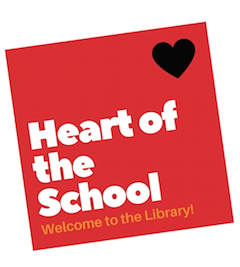
What would my great grandparents (pictured below) think if they knew that generations after they survived an antisemitic purge and raised children who escaped the immediate horrors of the Holocaust (safe in America), that my child, in 2019, was still terrified.
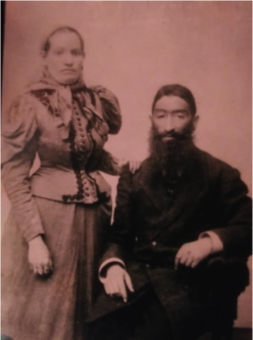
Focus on the Freedom Fighters
As a teacher and a parent, I have tried to keep my father’s advice at the heart of my work with children (though clearly, considering my daughter’s concerns, I need to redouble my efforts).
I am hopeful that readers will join me in pledging to stop focusing on the oppressor and start focusing on resisters. There are examples of freedom fighters and resistance movements in every story of oppression. We must share these stories; students need a vision of action-based responses to oppression rather than just a sense that atrocities are an unavoidable part of human nature that cannot be stopped.
The message to students should be that when faced with hate, violence, and oppression, not only is it possible but we are obligated to fight for freedom for ourselves and for our fellow human beings.
Some Ways We Can Teach about This
My own children are in 6th and 7th grade, and I am the principal of the elementary school in the same district as the middle school they attend. In the years that I’ve watched them learn in school, I have seen many examples of how their teachers or I could have integrated a focus on resistance to oppression. Below are several.
Slavery
When teaching about slavery, there is a tendency to focus on the lives of slaves. In fact, many history books even try to convince the reader that the day-to-day life of slaves was “not that bad.” Not only does that deny the horrifying violence that permeated the lives of slaves, but it also belies the need for and the reality of continual resistance.
While most students are eventually taught about Harriet Tubman, having her as the only example of resistance makes her seem to be in a singular position, an isolated story. That is, however, not the case. In truth, resistance was a constant. Find information on resistance here and here or read Closer to Freedom: Enslaved Women and Everyday Resistance in the Plantation South by Stephanie Camp.
For students, consider sharing Elijah of Buxton by Christopher Paul Curtis (author of The Watsons Go to Birmingham 1963). This book (recipient of the Newbery Honor and winner of the Coretta Scott King Award) is the story of a freeborn African-American boy who lives in a freetown for escaped slaves just across the US border in Canada. It is based on a true story and is at turns informative, instructive, disturbing and very funny. For a real treat, listen to the audio version read by Mirron Willis – there is no way I can recommend it highly enough.
The Holocaust
While, in general, students learn about the horror of the Holocaust and the day-to-day misery of the people who were held in ghettos and concentration camps, the people who suffered are by and large presented as meek and nonresistant.
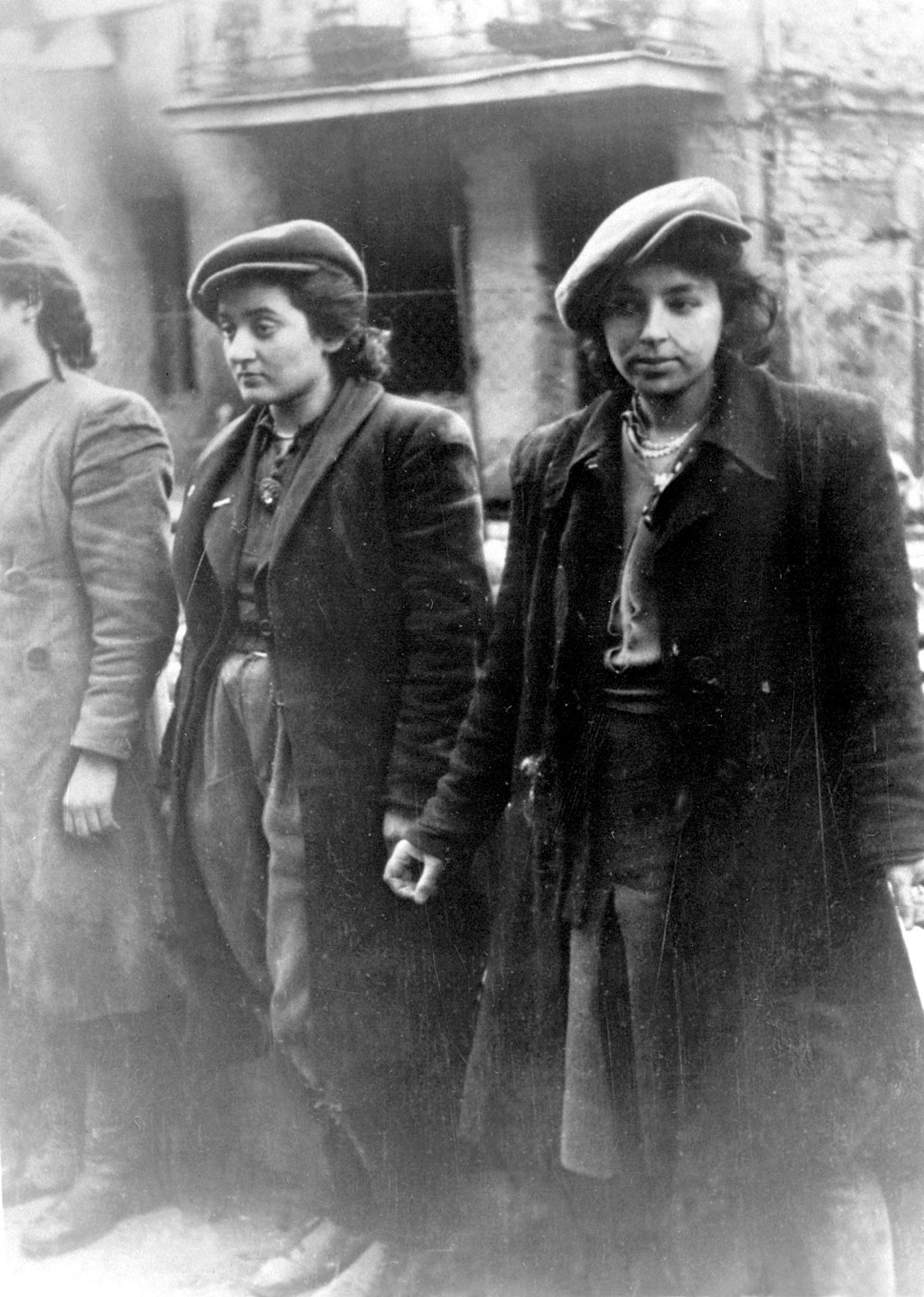
NARA [Public domain] A Nazi propaganda photo. Visit Wikimedia’s Stroop Report collection to learn about these women fighters captured by the Germans putting down the Warsaw uprising.
Showing students these courageous examples can help them to see paths for stopping future injustices. When students learn about the Holocaust, it is important that they learn about the Warsaw Ghetto Uprising, the many righteous people who aided their neighbors in hiding from Nazis, and the armed resistance fighters who roamed the countryside sabotaging Nazi plans. Great examples of resistance can be found here and here.
There are many great middle grades novels that focus on families who hid Jews and Jews who hid. I was surprised at how much I enjoyed Lauren Tarshis’ book, I Survived the Nazi Invasion, 1944. While Tarshis’ series can sometimes seem simplistic and even designed with a cookie cutter, this particular book focused on a camp of freedom fighters who sabotaged Nazi trains and the like. It was as empowering to read as it was entertaining.
Martin Luther King Jr. Day
Each year, I see MLK Day treated as day to reflect on peace. I appreciate that, but I think it’s important to remember that Martin Luther King Jr. was clear, passionate, and persistent in his efforts to obtain basic civil rights for people of color at a time when the US government and many of its White citizens were unwilling to offer them.
It is important to remember that King was a radical resister to oppression and chose to propagate nonviolent protest not because it was nice or easy but because he believed it worked (for example, in the 1940s in India, when the yoke of British colonialism was thrown off by followers of Gandhi’s nonviolent methods.)
Teach students more than King’s I Have a Dream Speech. Starting with Cornel West’s great essay on not “sterilizing King’s message” is good. Other good resources are here and here. For books to read with middle grades students that embody King’s message and also underscore resistance, try Congressman John Lewis’ March series of graphic novels (pictured above) or Turning 15 on the Road to Freedom by Lois Blackmon Lowery.
Native Americans
More often than not, when students learn about Native Americans they do so from an almost entirely historical perspective. Students read about tribes in pre-Columbian times or before their lives were radically altered and characterized by massive genocides during 18th and 19th century European immigration to America. Typically, if students are exposed to these tragedies, it is largely in connection with Westward Expansion, which is seen as a triumph of the United States. As in the examples above, the oppressors are highlighted.
It is time to flip that script and make sure to include information about Native Americans in modern times so that students do not see Native Americans as historical relics. It is also important to share examples of Native Americans who fought to preserve their ways of life in historical times.
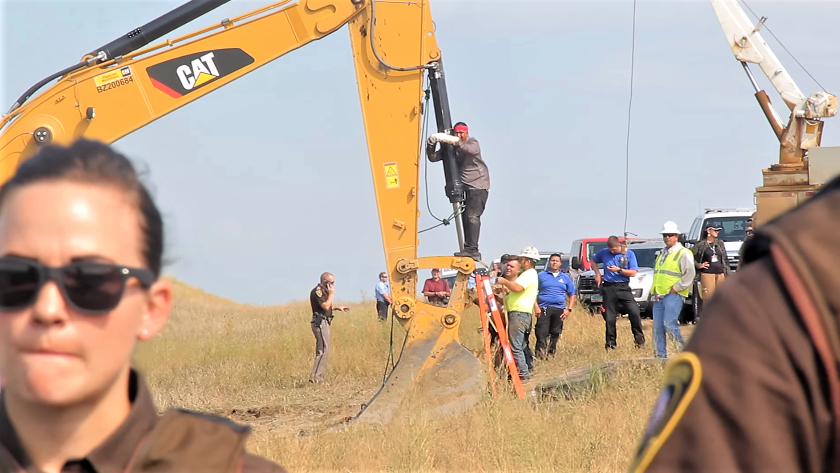
Desiree Kane [CC BY 3.0 (https://creativecommons.org/licenses/by/3.0)]
A Lakota Sioux protester tries to stop the Dakota Access Pipeline, 2016/2017.
National Public Radio’s pictorial piece Native American Warriors in Iraq is a beautiful and informative look at modern day Native American soldiers. Resources for teaching students about Native American resistance movements and the Indian Wars can be found here, here, and here for a look at women warriors.
Moving beyond my starting places
Of course this is by no means an inclusive list. It is a starting place that focuses on topics that are commonly taught where I live and work. It is also a suggestion to keep an eye toward social justice and those who fought for it when we teach history and social studies.
Unfortunately, the need for resistance has not abated. Oppression is not a thing of the past. Just as Mr. Rogers said, there are “helpers” everywhere. And, just as my dad said, when it comes to fighting oppression and protecting human rights, there are examples of resisters everywhere. Giving students examples of how to fight against hate and injustice and for their rights and the rights of their fellow human beings is not “politics” – it’s critical to a healthy democracy. Shine a light on the resisters, the freedom fighters, the protesters, the fighters, and let the oppressors sulk in the dark.
Teaching for social justice is a topic I cycle back to often. Please read the following related posts if you have interest. Better yet, share your own ideas in the comments.
Related posts:
How to Be an Anti-Racist Educator (Dena Simmons, ASCD Update)
Two of my earlier posts:
Eight Ways Teachers Can Fight Hate and Injustice
Discussing Civil Protest in the Middle Grades
Also see my fellow MiddleWeb blogger Lauren Brown’s post:
Teachers Have a Role as Keepers of the Meaning
Feature image: Official White House Photo by Andrea Hanks [Public domain] Tree of Life Synagogue Shooting

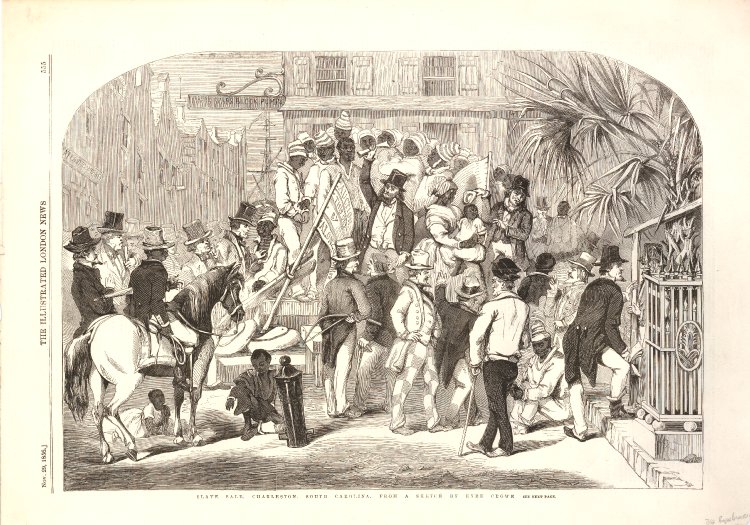
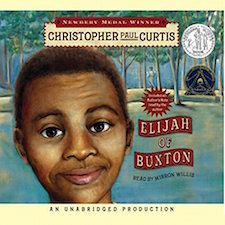
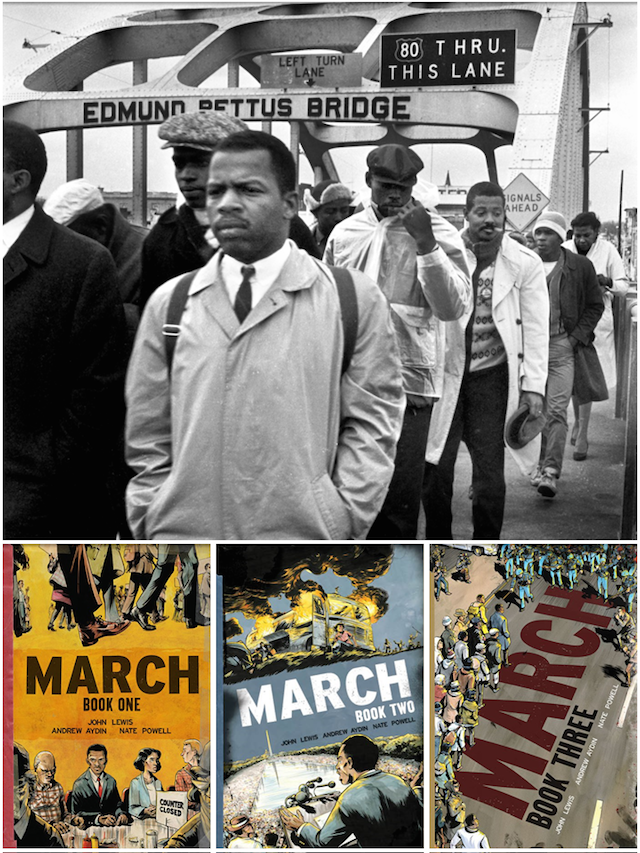




































I appreciate this article. Thank you for sharing your experience and ideas. As I’ve grown in understanding of slavery and it’s victims, I’ve changed the way I speak of them. Using the term “enslaved people” instead of “slaves” honors their humanity.
I am so glad that you appreciated the post. Thank you, Angie.
Rita, thank you for these wonderful reading suggestions. The Museum of Tolerance in Los Angeles, where we take our 8th graders each year, has an excellent section on the Warsaw Ghetto uprising to make the point about resistance. Also, have you listened to Teaching Tolerance’s “Teaching Hard History” podcast? Many of the episodes thoughtfully address how we talk about slavery. As for reading, Octavia Butler’s “Kindred” is more of a high school book, but it gives such a visceral understanding of what it meant to be enslaved. With hate speech on the rise, discussing all of this is more important than ever, and I appreciate your doing it!
Sarah, thank you for the kind words. I will read Kindred this summer!